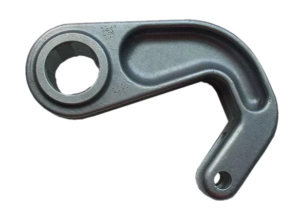
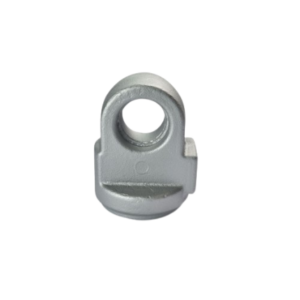
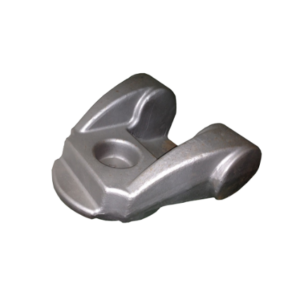
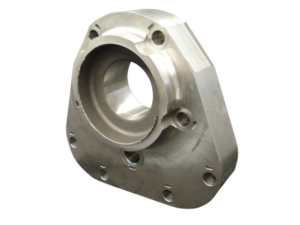
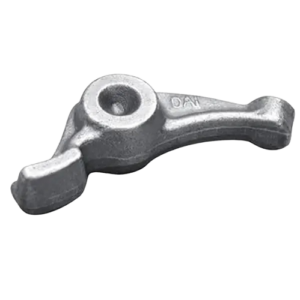
Previous
Next

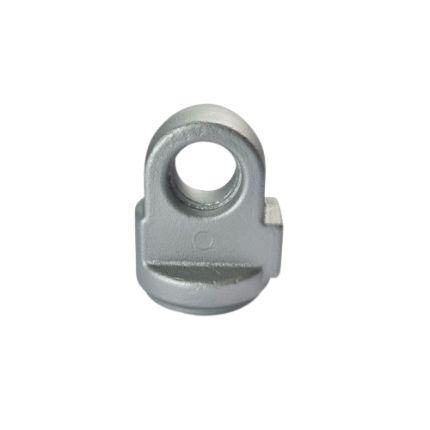

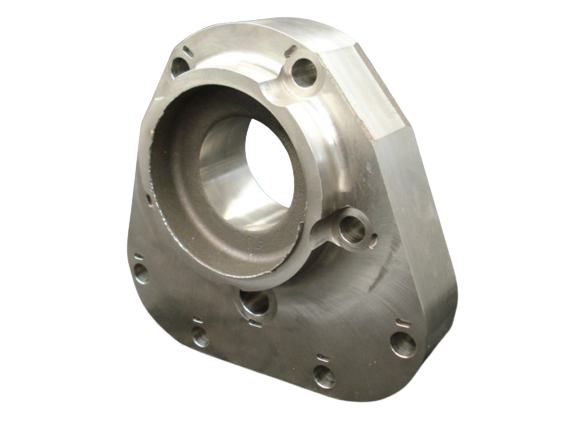
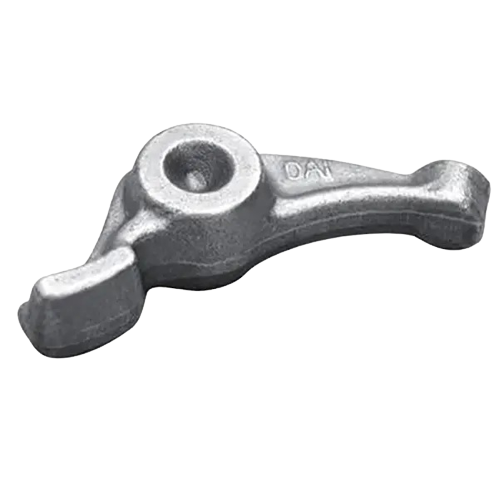
This method uses powerful presses and/or hammers and relies on the shape of the dies, which are essentially cast impressions of the end product. The five steps of impression die forging are:
Process:
01
Heating
Pre-forged metal starts with metal blocks called "ingots," which come in a variety of shapes and sizes depending on the part or component to be produced. These ingots are heated to a near molten state where the metal still retains its shape but can be altered easily with force.
02
Preforming
In order to form a piece of the ingot to be pressed between the closed dies, the heated ingot is edged and blocked with a press or hammer. Edging is done to increase the working cross section and blocking is implemented to refine the shape for finish forging.
03
Finish Forging
To complete the shape, the preformed metal is forced into an impression between two dies; this is where the metal takes on the general shape of the end product. Simple items may only need one press, but more complicated items may require multiple strokes at different pressures or even different dies to design the final product.
04
Cooling
By coordinating the cooling of the metal, forgers can increase the strength of the final product by deforming and optimizing the grain flow within the metal. A unique aspect of impression die forging is the "flash," which is the excess metal that flows outside of the dies. The flash cools and hardens rapidly causing it to be stronger than the metal in the dies. This forces the metal in the dies to completely fill any cavities.
05
Finishing
Once a forged product has gone through the pressing process, trimming and other surface treatment operations are performed in order to improve the dimensional accuracy of the forged product. Surface treatment can be completed to enhance corrosion resistance and improve the appearance of the finished forged product.
Process Capabilities:
Post processes : Heat Treatment, CNC Machining, Broaching, Magnetic Particle Inspection, Liquid Penetrant Inspection, Grinding, Polishing, Cleaning and plating as per customer’s requirements.
Weight : 0.05kg to 100 kg.
Tolerances : as per customer’s requirement.
Supply Condition - Raw, finished, assembled or as per customer’s demand
Material : All grades of steel alloys and aluminium.
Advantages:
Offers high ductility
Better response to heat treatment.
Requires Less Human Labor
High Production
Improved Efficiency
Feasible for various jobs
Compatible for different grades of metal.
Complex geometry achievable
Low tooling cost
If you need more info please contact us!
